- Home
- Books
- Categories
- Non Fiction
- Business & Management
- High Conflict - Why We Get Trapped and How We Get Out
High Conflict - Why We Get Trapped and How We Get Out
By: Amanda Ripley
-
Rs 2,205.75
- Rs 2,595.00
- 15%
You save Rs 389.25.
Due to constant currency fluctuation, prices are subject to change with or without notice.
That’s what “high conflict” does. It’s the invisible hand of our time. And it’s different from the useful friction of healthy conflict. That’s good conflict, and it’s a necessary force that pushes us to be better people.
High conflict is what happens when discord distills into a good-versus-evil kind of feud, the kind with an us and a them. In this state, the brain behaves differently. We feel increasingly certain of our own superiority, and everything we do to try to end the conflict, usually makes it worse. Eventually, we can start to mimic the behavior of our adversaries, harming what we hold most dear.
In this “compulsively readable” (Evan Osnos, National Book Award-winning author) book, New York Times bestselling author and award-winning journalist Amanda Ripley investigates how good people get captured by high conflict—and how they break free.
Our journey begins in California, where a world-renowned conflict expert struggles to extract himself from a political feud. Then we meet a Chicago gang leader who dedicates his life to a vendetta—only to realize, years later, that the story he’d told himself about the conflict was not quite true. Next, we travel to Colombia, to find out whether thousands of people can be nudged out of high conflict at scale. Finally, we return to America to see what happens when a group of liberal Manhattan Jews and conservative Michigan corrections officers choose to stay in each other’s homes in order to understand one another better, even as they continue to disagree.
All these people, in dramatically different situations, were drawn into high conflict by similar forces, including conflict entrepreneurs, humiliation, and false binaries. But ultimately, all of them found ways to transform high conflict into good conflict, the kind that made them better people. They rehumanized and recategorized their opponents, and they revived curiosity and wonder, even as they continued to fight for what they knew was right.
People do escape high conflict. Individuals—even entire communities—can short-circuit the feedback loops of outrage and blame, if they want to. This is an “insightful and enthralling” (The New York Times Book Review) book—and a mind-opening new way to think about conflict that will transform how we move through the world.
That’s what “high conflict” does. It’s the invisible hand of our time. And it’s different from the useful friction of healthy conflict. That’s good conflict, and it’s a necessary force that pushes us to be better people.
High conflict is what happens when discord distills into a good-versus-evil kind of feud, the kind with an us and a them. In this state, the brain behaves differently. We feel increasingly certain of our own superiority, and everything we do to try to end the conflict, usually makes it worse. Eventually, we can start to mimic the behavior of our adversaries, harming what we hold most dear.
In this “compulsively readable” (Evan Osnos, National Book Award-winning author) book, New York Times bestselling author and award-winning journalist Amanda Ripley investigates how good people get captured by high conflict—and how they break free.
Our journey begins in California, where a world-renowned conflict expert struggles to extract himself from a political feud. Then we meet a Chicago gang leader who dedicates his life to a vendetta—only to realize, years later, that the story he’d told himself about the conflict was not quite true. Next, we travel to Colombia, to find out whether thousands of people can be nudged out of high conflict at scale. Finally, we return to America to see what happens when a group of liberal Manhattan Jews and conservative Michigan corrections officers choose to stay in each other’s homes in order to understand one another better, even as they continue to disagree.
All these people, in dramatically different situations, were drawn into high conflict by similar forces, including conflict entrepreneurs, humiliation, and false binaries. But ultimately, all of them found ways to transform high conflict into good conflict, the kind that made them better people. They rehumanized and recategorized their opponents, and they revived curiosity and wonder, even as they continued to fight for what they knew was right.
People do escape high conflict. Individuals—even entire communities—can short-circuit the feedback loops of outrage and blame, if they want to. This is an “insightful and enthralling” (The New York Times Book Review) book—and a mind-opening new way to think about conflict that will transform how we move through the world.
High Conflict - Why We Get Trapped and How We Get Out
By: Amanda Ripley
Rs 2,205.75 Rs 2,595.00 Ex Tax :Rs 2,205.75
Zubin Mehta: A Musical Journey (An Authorized Biography)
By: VOID - Bakhtiar K. Dadabhoy
Rs 892.50 Rs 1,050.00 Ex Tax :Rs 892.50
Mastering the Market Cycle - Getting the Odds on Your Side
By: Howard Marks
Rs 3,415.50 Rs 3,795.00 Ex Tax :Rs 3,415.50
Batman: The Killing Joke Deluxe (New Edition): DC Black Label Edition
By: Alan Moore
Rs 4,495.50 Rs 4,995.00 Ex Tax :Rs 4,495.50
Viva Dictionary Of Punctuation And Hyphenation
By: William Gould
Rs 127.50 Rs 150.00 Ex Tax :Rs 127.50
And Another Thing... (The Hitchhiker's Guide to the Galaxy)
By: Eoin Colfer
Rs 355.50 Rs 395.00 Ex Tax :Rs 355.50
Collins Pocket Italian Dictionary
By: Collins Dictionaries
Rs 1,847.50 Rs 3,695.00 Ex Tax :Rs 1,847.50
Mastering the Market Cycle - Getting the Odds on Your Side
By: Howard Marks
Rs 3,415.50 Rs 3,795.00 Ex Tax :Rs 3,415.50
Batman: The Killing Joke Deluxe (New Edition): DC Black Label Edition
By: Alan Moore
Rs 4,495.50 Rs 4,995.00 Ex Tax :Rs 4,495.50
Texas Outlaw The Ranger has gone rogue BOOK 2
By: James Patterson
Rs 1,996.00 Rs 2,495.00 Ex Tax :Rs 1,996.00
Good Small Busine Guide 2013 How to Start and Grow Your Own Business
By: Bloomsbury Activity Books
Rs 1,997.50 Rs 3,995.00 Ex Tax :Rs 1,997.50
Zubin Mehta: A Musical Journey (An Authorized Biography)
By: VOID - Bakhtiar K. Dadabhoy
Rs 892.50 Rs 1,050.00 Ex Tax :Rs 892.50
High Conflict - Why We Get Trapped and How We Get Out
By: Amanda Ripley
Rs 2,205.75 Rs 2,595.00 Ex Tax :Rs 2,205.75
Mastering the Market Cycle - Getting the Odds on Your Side
By: Howard Marks
Rs 3,415.50 Rs 3,795.00 Ex Tax :Rs 3,415.50
Batman: The Killing Joke Deluxe (New Edition): DC Black Label Edition
By: Alan Moore
Rs 4,495.50 Rs 4,995.00 Ex Tax :Rs 4,495.50












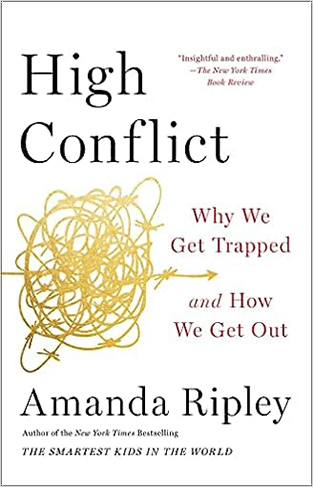
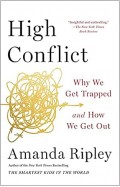
-120x187.jpg?q6)






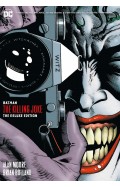
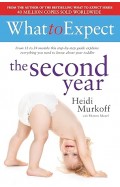

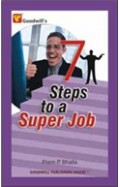

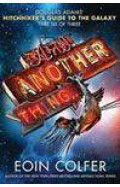

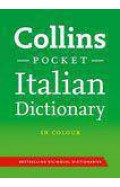

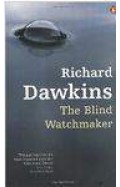



-120x187.jpg?q6)